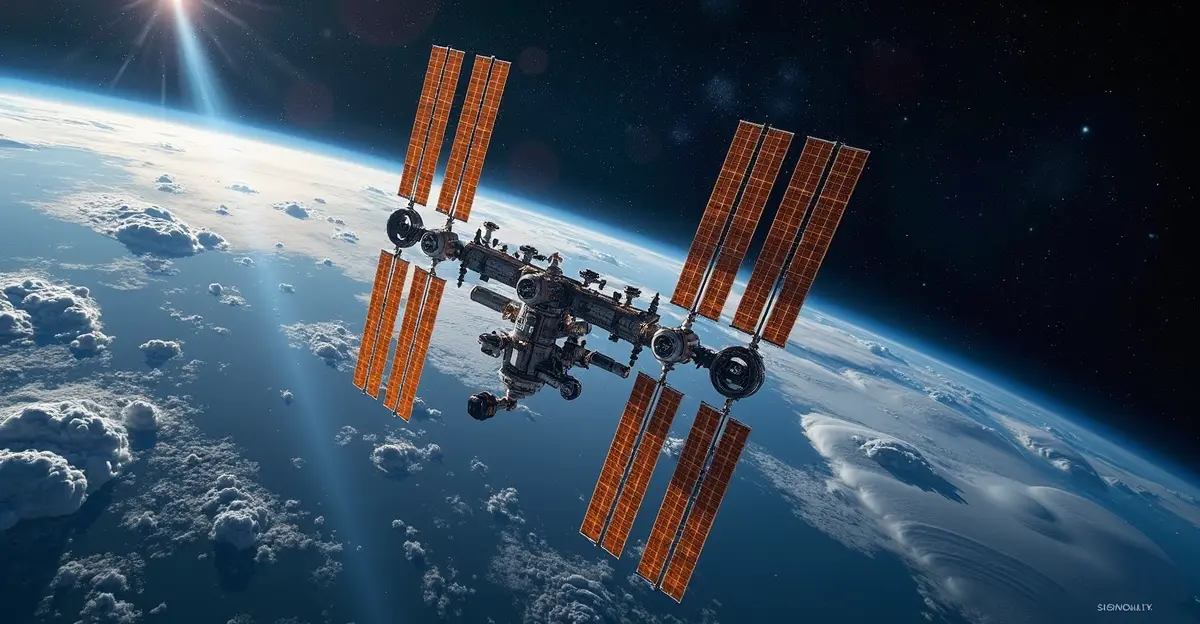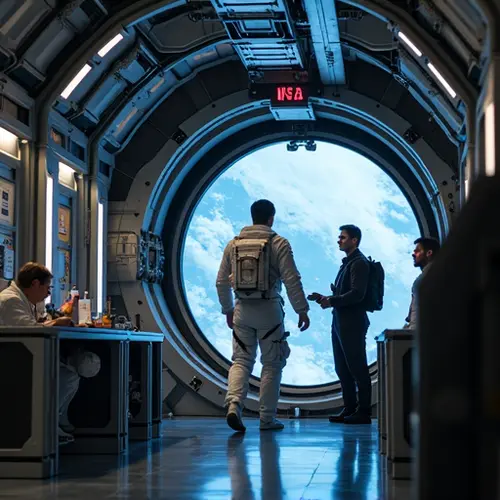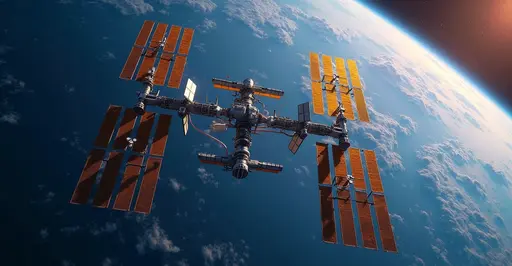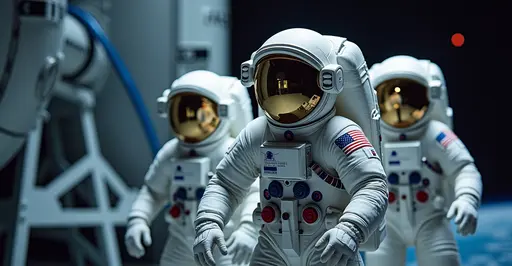NASA is transitioning the International Space Station to host commercial research modules, enabling private companies to conduct microgravity experiments. Axiom Space and Vast are leading this shift with modules launching in 2025-2027, creating new opportunities for pharmaceutical, materials science, and biotechnology research in space.

Commercial Space Research Takes Off on International Space Station
The International Space Station is entering a new era as it prepares to host commercial research modules that will enable private companies to conduct experiments in microgravity. This strategic shift represents a fundamental change in how space research is conducted, moving from purely government-funded missions to a commercially-driven model that opens up space to private enterprise.
NASA's Transition Strategy
NASA is actively transitioning from the International Space Station to commercial space stations in low Earth orbit as the ISS approaches its planned decommissioning around 2030. Through funded Space Act Agreements, NASA is supporting the design, development, and demonstration of commercially owned and operated space stations. 'This phased approach aims to ensure mission continuity, reduce costs, and prevent gaps in crew-capable platforms,' explains a NASA spokesperson. The commercial strategy will provide NASA with reliable services at lower costs while enabling the agency to focus on deep space exploration to the Moon and Mars.
Axiom Space Leading the Charge
Axiom Space, founded in 2016 by former NASA ISS program manager Michael T. Suffredini and entrepreneur Kam Ghaffarian, is at the forefront of this commercial revolution. The company was selected by NASA in 2020 to provide the first commercial destination module on the ISS as part of the broader Next Space Technologies for Exploration Partnerships initiative. 'Our modules are designed to commercially provide services and products in the low Earth orbit economy,' says Suffredini. The Axiom Segment will include a node module as a connector, a research and manufacturing facility, a crew habitat, and a large-windowed module for Earth observation.
Microgravity Research Opportunities
The commercial modules will enable unprecedented access to microgravity research for private companies. Recent missions demonstrate the growing demand: Axiom Mission 4 (Ax-4), scheduled for May 2025, features approximately 60 scientific studies from 31 countries, representing the most research activities on any Axiom Space mission to date. Research will focus on human studies, Earth observation, life sciences, biological sciences, and material sciences. 'Microgravity provides unique conditions that we cannot replicate on Earth,' notes Dr. Maria Rodriguez, a materials scientist working on protein crystallization experiments. 'The absence of gravity convection and sedimentation allows for purer crystal formation and better protein structures.'
Vast's Haven-1 Lab
Another major player, Vast, has announced the Haven-1 Lab, scheduled to launch in the second half of 2025. This will be the world's first commercial microgravity research, manufacturing, and development platform. The station will provide 10 payload slots for research in healthcare, pharmaceuticals, biotechnology, and advanced materials. 'Each payload slot can accommodate up to 30 kg with 100W continuous power and Gigabit/s connectivity via Starlink laser links,' explains Vast CEO Max Haot. The company has secured partnerships with industry leaders Redwire and Yuri, who bring decades of microgravity expertise to the platform.
Economic Impact and Future Prospects
The transition to commercial space stations represents a significant economic opportunity. According to industry analysts, the commercial space market could reach $1 trillion by 2040. These future commercial stations will maintain NASA's leadership in microgravity research while creating a marketplace for commercial activities in space, serving both government and private sector customers. 'We're seeing incredible interest from pharmaceutical companies, materials science firms, and even consumer product manufacturers who want to test their products in microgravity,' says space industry analyst Sarah Chen.
The commercial modules attached to the ISS will serve as a bridge to fully independent commercial space stations. Axiom Space plans to have its first module, the Payload Power Thermal Module (PPTM), launch in 2027 and dock with the ISS before separating in 2028 to join with the Habitat One module in a separate orbit. This gradual transition ensures that microgravity research continues uninterrupted as the ISS approaches retirement.
As NASA Acting Administrator Sean Duffy recently stated regarding program changes, 'This new approach aims to ensure operational commercial space stations are ready when the ISS is deorbited.' The shift represents a significant departure from NASA's original vision for ISS successors but reflects the growing maturity of the commercial space industry.
With multiple companies now developing commercial research capabilities in space, the future of microgravity research looks bright. The combination of government oversight and commercial innovation promises to accelerate scientific discovery while making space research more accessible to researchers worldwide.

 Nederlands
Nederlands
 English
English
 Deutsch
Deutsch
 Français
Français
 Español
Español
 Português
Português









